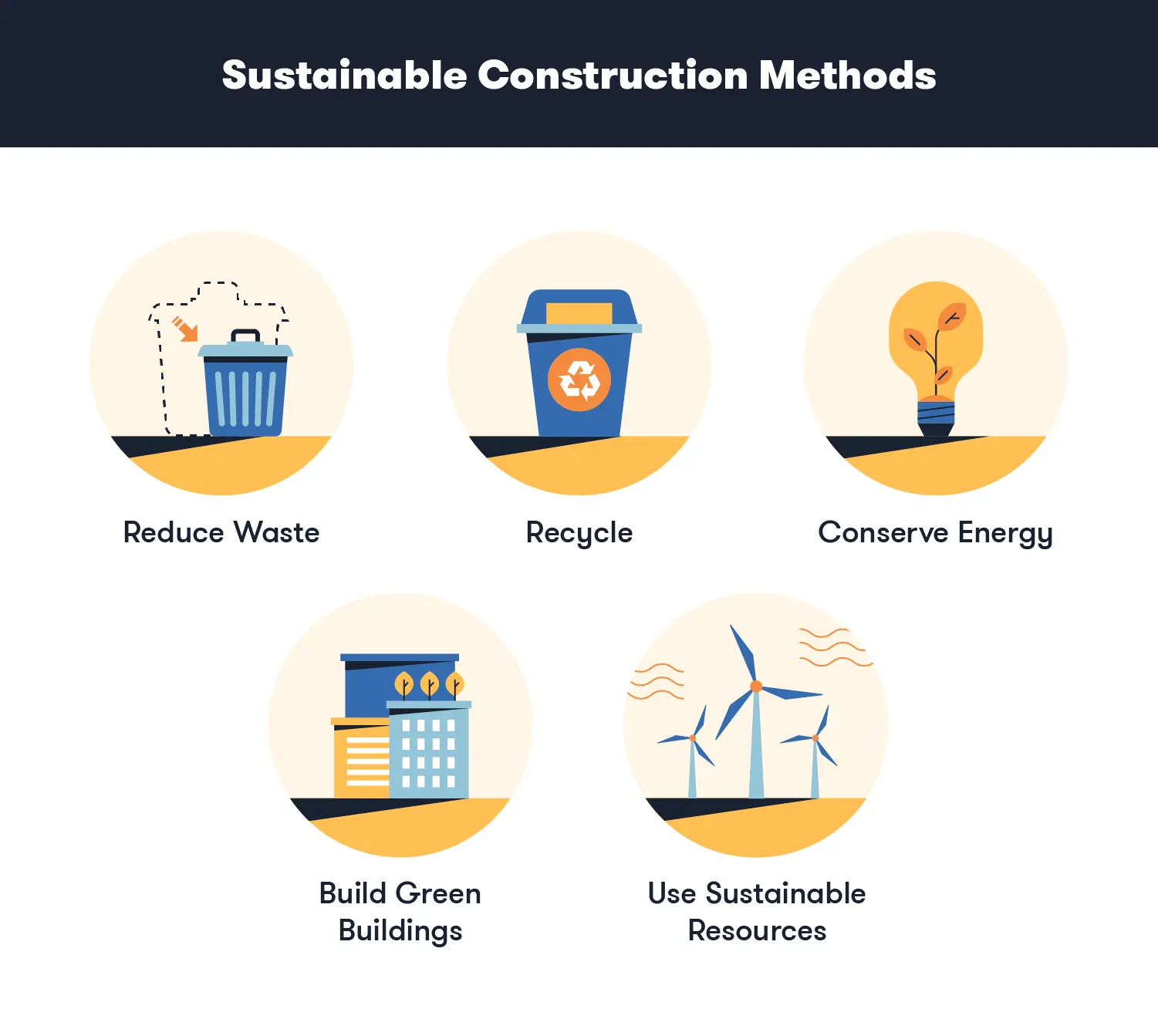B2B SaaS sales refer to the process of selling Software-as-a-Service (SaaS) solutions to other businesses. Unlike traditional software models that require one-time purchases, SaaS operates on a subscription basis. This model allows businesses to access software applications via the internet, eliminating the need for complex installations and updates.
Key Characteristics of SaaS Products
SaaS products are characterized by their scalability and accessibility. They are hosted in the cloud, which means businesses can easily scale their usage based on their needs. SaaS products are characterized by their scalability and accessibility. They are hosted in the cloud, which means businesses can easily scale their usage based on their needs.
The Complex Sales Process
The sales process for B2B SaaS is multifaceted and involves several stages. It begins with lead generation, where potential customers are identified through various channels such as inbound marketing, referrals, and networking events. Once leads are qualified, the sales team engages in product demonstrations and presentations to showcase the software’s capabilities and benefits.
Lead Generation Strategies
Effective lead generation is critical in B2B SaaS sales. It requires a strategic approach to attract and qualify potential customers who have a genuine need for the software. Lead generation strategies often include content marketing, search engine optimization (SEO), social media outreach, and partnerships with complementary businesses. These efforts aim to generate high-quality leads that are likely to convert into paying customers.
Customized Product Demonstrations
Product demonstrations play a pivotal role in the B2B SaaS sales process. They provide an opportunity for potential customers to see firsthand how the software can address their specific challenges and improve their business operations. Successful demonstrations focus on showcasing key features, addressing potential concerns, and aligning the software’s benefits with the customer’s unique requirements.
Addressing Customer Concerns
During the sales process, B2B SaaS sales teams must be prepared to address various customer concerns and objections. Common concerns include data security, integration with existing systems, scalability, and return on investment (ROI). Sales representatives need to demonstrate a deep understanding of these issues and provide solutions or evidence, such as case studies or testimonials, to alleviate customer apprehensions.
Negotiation and Contractual Agreements
Negotiation is a crucial aspect of closing deals in B2B SaaS sales. It involves discussions on pricing, contract terms, service level agreements (SLAs), and customization options. Sales teams must strike a balance between meeting customer demands and ensuring the profitability and sustainability of the business relationship. Clear communication and transparency are essential to reaching mutually beneficial agreements.
Customer Onboarding and Success
Customer onboarding is essential for ensuring a smooth transition from the sales process to active usage of the SaaS product. Effective onboarding includes setting up the software, providing training sessions, and offering ongoing support to address any initial challenges. Customer success efforts focus on maximizing the value customers derive from the software, driving usage adoption, and promoting long-term retention and renewal.
Metrics and Analytics
Measuring and analyzing key metrics are integral to optimizing B2B SaaS sales strategies. Metrics such as customer acquisition cost (CAC), lifetime value (LTV), churn rate, and monthly recurring revenue (MRR) provide insights into the effectiveness of sales efforts, customer satisfaction, and overall business growth. Analyzing these metrics allows sales teams to make data-driven decisions and refine their approaches for greater success.
Adapting to Market Dynamics
The landscape of B2B SaaS sales is constantly evolving with advancements in technology, changing customer expectations, and market competition. Sales teams must stay agile














:strip_icc():format(webp)/kly-media-production/medias/1361321/original/037551300_1475300410-software.jpg)





























